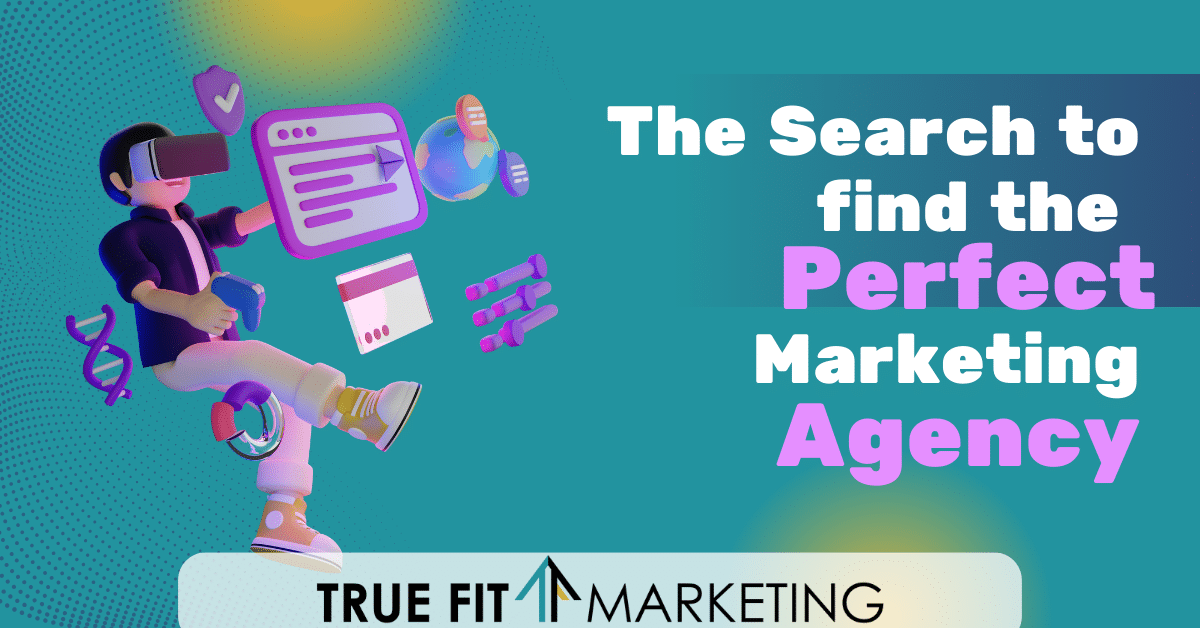
In the ever-evolving landscape of social media, Facebook remains a powerhouse, connecting individuals and businesses. One feature that has sparked debates and discussions is the act of inviting your Facebook friends to like or follow your business page or a business you support. Some argue that it’s intrusive, while others believe it’s a smart strategy for growth. In this post, we’ll explore why inviting your Facebook friends to your business page is not just acceptable but can also be a beneficial move for both you and your network.
Building a Supportive Community
When you invite your Facebook friends to like your business page, you’re essentially extending an invitation to join a community centered around your brand or venture. These are people who already know you on a personal level and may be genuinely interested in supporting your business endeavors. Creating this support system can be invaluable, especially during the early stages of your business.
If you are inviting your Facebook friends to follow a business that you support, you are showing even more support for that business plus hopefully driving more social and web traffic for them.
And even better, if this business is in your own community, and has a brick and mortar shop, you can help to get shoppers in the door and drive even more traffic into your town. This not only benefits the business you are sharing but fellow businesses in town.
Leveraging Existing Relationships
Your Facebook friends are part of your existing network, and they likely represent a diverse range of interests, professions, and backgrounds. By inviting them to your business page, you’re leveraging these connections to broaden your reach. Some of your friends may be potential clients, collaborators, or even advocates who can help spread the word about your products or services.
 Increasing Visibility
Increasing Visibility
Facebook’s algorithms are designed to show content to users based on their interactions. When your friends engage with your business page—liking, commenting, or sharing—it signals to Facebook that your content is relevant and engaging. This, in turn, increases the visibility of your page, reaching a wider audience beyond your immediate circle. Spreading the word about your business on social media costs nothing. A like, share, comment and overall engagement can help promote your business, services and products for free! So be sure to thank your Facebook friends for their support.
Humanizing Your Brand
People connect with people, not just products or services. By inviting your friends to your business page, you’re adding a human touch to your brand. Sharing behind-the-scenes glimpses, personal stories, or updates on your journey can make your business more relatable and foster a deeper connection with your audience.
Reaching Critical Mass
In the world of social media, achieving critical mass is crucial for organic growth. Inviting your Facebook friends is a strategic step to kickstart this process. As more people engage with your content, the likelihood of attracting new followers who are genuinely interested in what you offer increases. And as stated earlier, when more followers are coming in, and as they start to like posts, Facebook will start to show more of the business’s posts to others as it sees it is an interesting post.
The Bottom Line
In the grand scheme of social media etiquette, inviting your Facebook friends to your business page is not only acceptable but also a savvy move for building a strong foundation for your online presence. It’s about leveraging existing relationships, creating a supportive community, and humanizing your brand. So, go ahead—click that invite button and watch your business flourish with the backing of friends who genuinely want to see your business, or a business you support, succeed. After all, in the interconnected world of Facebook, success is often a shared journey.

 Increasing Visibility
Increasing Visibility
 Creativity Unleashed
Creativity Unleashed


 The Holidays are Fun
The Holidays are Fun
 How Working With An Agency Can Benefit Your Business
How Working With An Agency Can Benefit Your Business